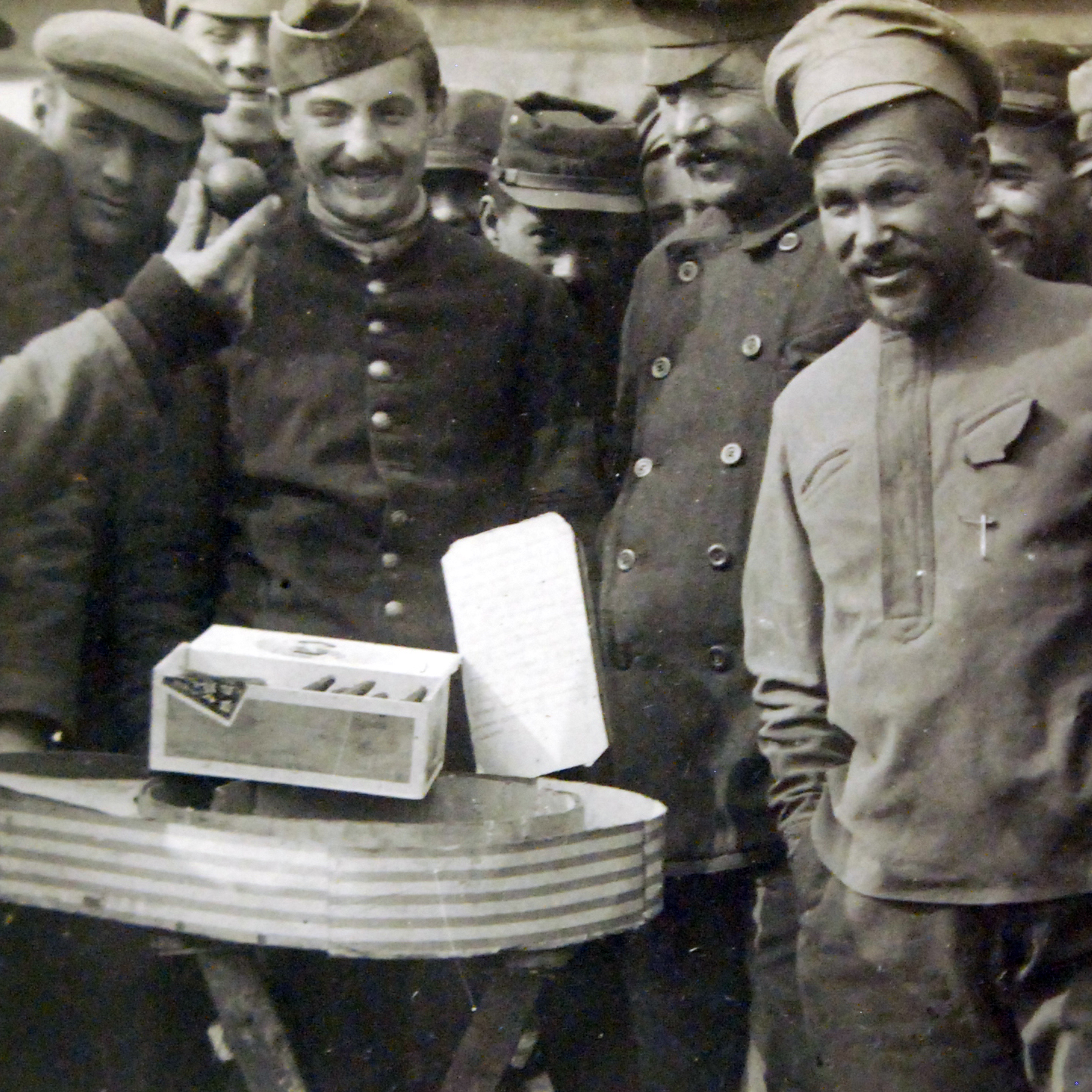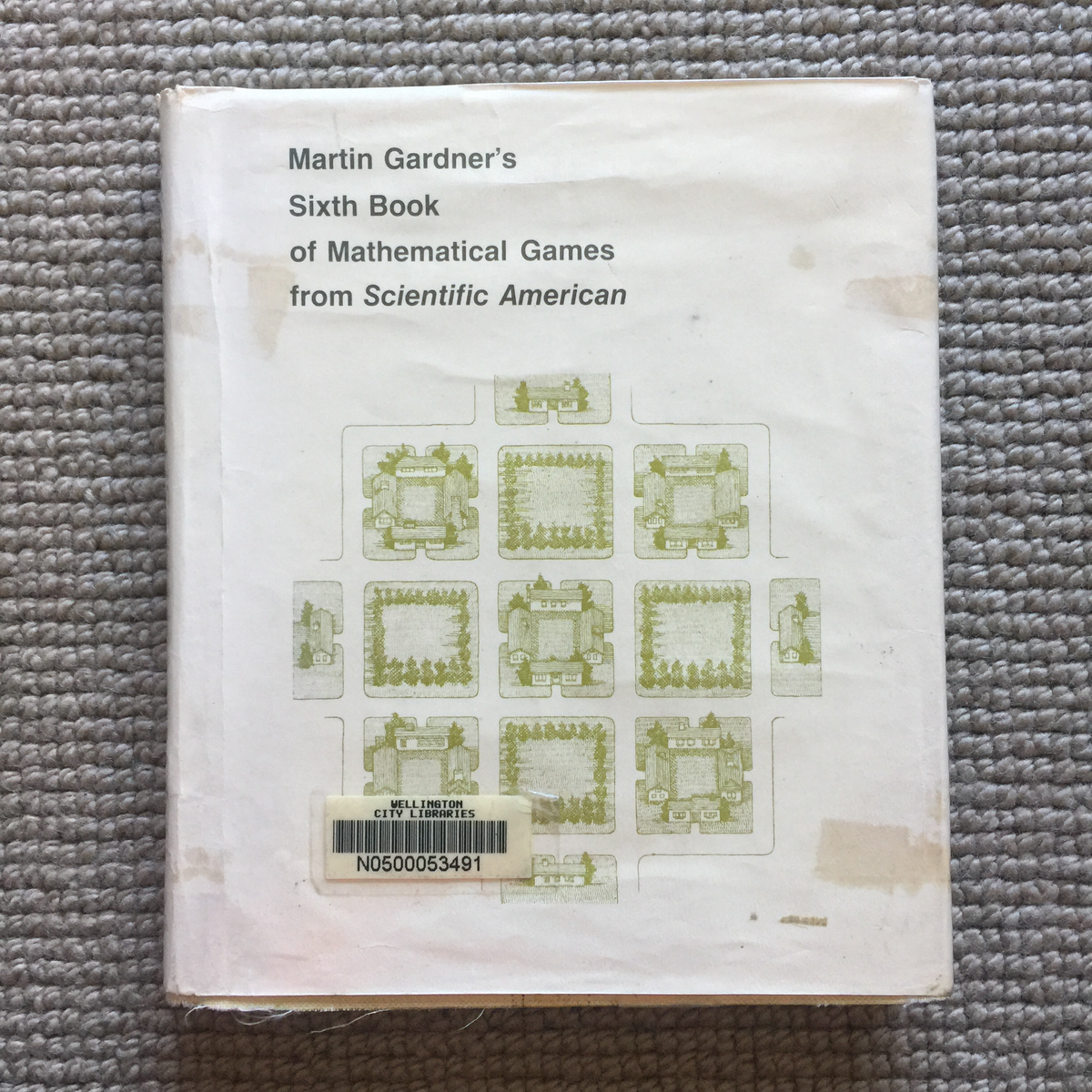Traditional Hunt Games and Asymmetry

This post on Snit’s Revenge made me ponder about asymmetry in games – both in terms of design and context. For design, I thought it might be cool to create an ongoing list of ways in which a game may be asymmteric:
- player goal
- player movement
- player behaviour
- board layout
- etc etc
It’s another list in my array of Field Notes books. I’ll type it up when it’s more robust. I was also reminded of the French Military Game. Which is a terrible title for a game, but there we are. It was a game popular with the French Military in the 19th century, more recently written about my the amazing Martin Gardner in Martin Gardner’s Sixth Book of Mathematical Games from Scientific American.

The FMG is asymmetric with number of player pieces, player movement, and player goal[^1]: The three white pieces can move sideways, forward, or diagonally forward; the single black piece can move in any direction. The white pieces want to trap the black so that it cannot move, and the black piece wants to get past the white (which cannot move backward).
The FMG sits in the set of “Hunt Games”, where one player is hunting the other. By their nature, hunt games are asymmetric in at least one way. Other traditional hunt games include:
- Bagh Chal and Bagh Guti, from Nepal
- De Cercar La Liebre, from Spain
- Fox & Geese, from Britain
I’m still on the fence as to whether I would consider hnefatafl a hunt game. But that’s just semantics – it’s still asymmetric in player movement and number of player pieces. But hnefatafl deserves a whole post unto itself really.
[^1] not so sure about asymmetric goal in this game. It’s more of a mirrored goal.
